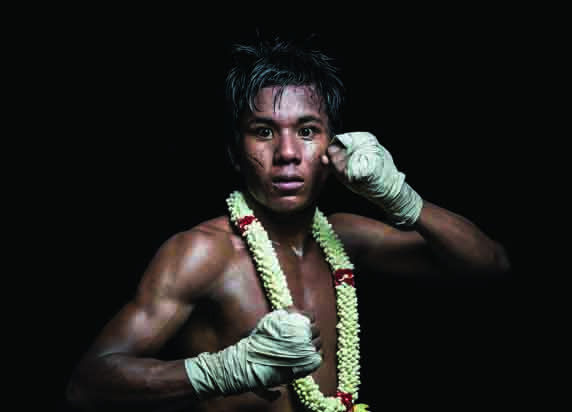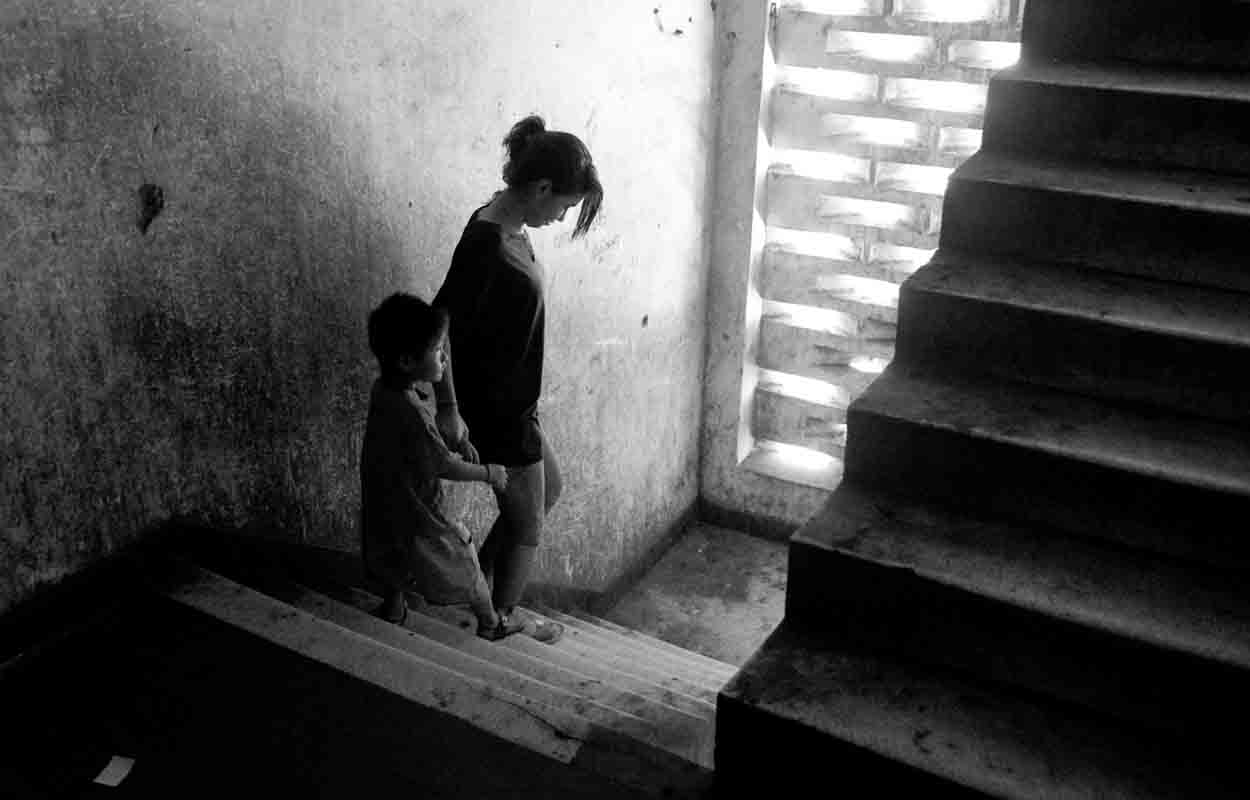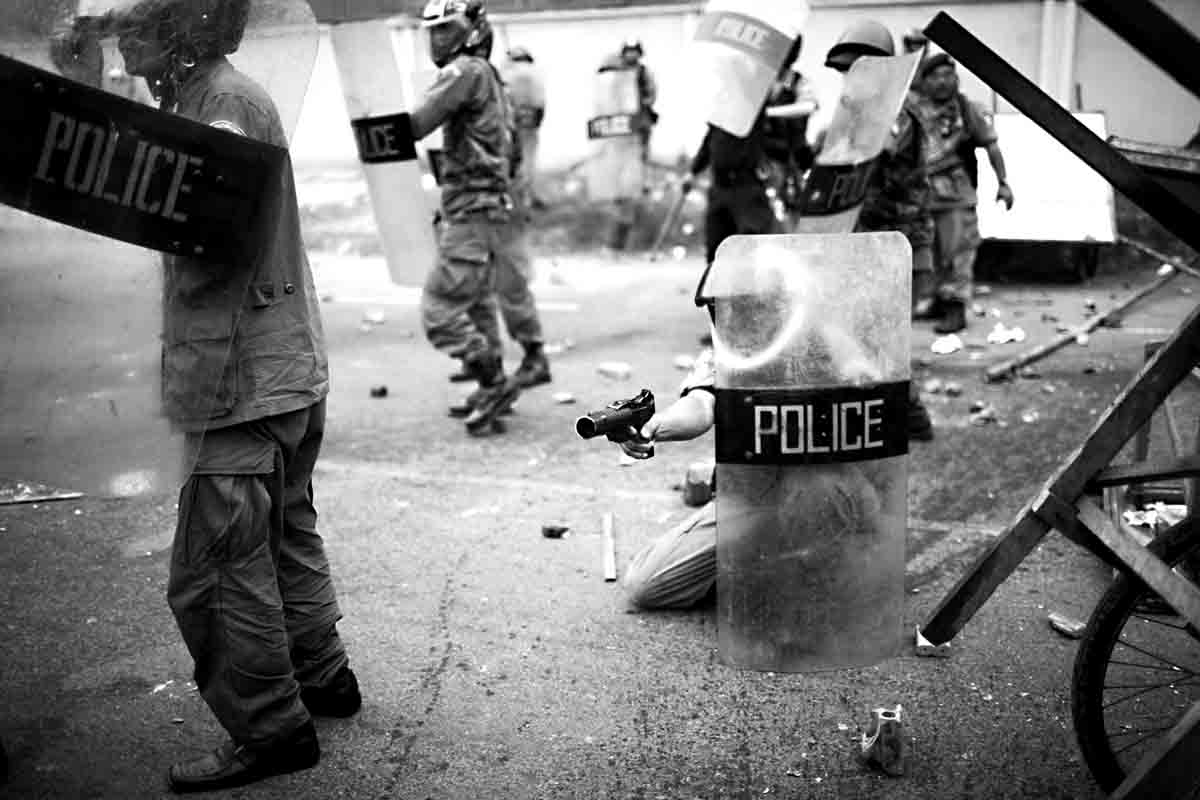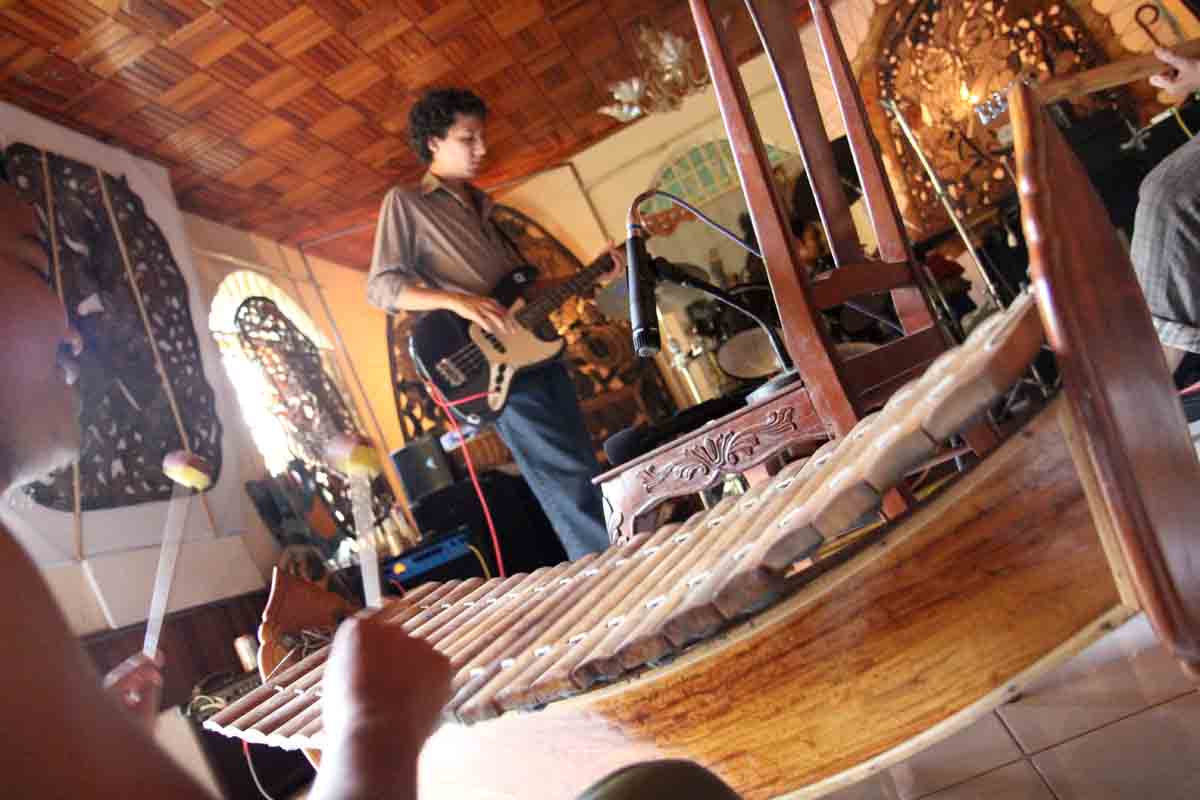Loud, fast and slightly out of tune, the new EP from Tango & Snatch is a squeaky old farm truck sprinting perilously down the back roads of hillbilly country under a moonless sky.
Such will be the legacy of Tango’s front man Ziad Samman, who after four years in the Kingdom is finally moving on. On June 21, the Australian native returns to Hong Kong with a sack full of tales and what’s left of his sanity.
“Cambodia has been a wild ride,” the 27-year-old guitar player says, christening the sunset with his first bourbon and Coke of the evening. “I feel like I have post-traumatic stress.”
Four years ago Samman took over day-to-day operations at the Cambodian Acid Survivors Charity, a group that helps victims of acid attacks with legal, medical and emotional support. Samman often met victims in the hours after their assault and followed them through years of recovery. “It can be a very lengthy process, so you really get to know people.”
A bass player since his teenage years, Samman turned to music to help ease the job’s heavy emotional trip. “I needed a release and for me the best way to do that was to channel it into the music.”
He picked up a no-name acoustic six-string from a shop near Central Market and began learning. “I’d come home and it would be dark, late and I’d be buggered,” he recalls, stubbing another cigarette into the ashtray. “That’s when I really learned how to play guitar. I just sat in my room and played. I wrote and recorded like 300 songs.”
It was a crude set-up, just the guitar and a laptop, and most of what he recorded was junk. “Out of all of those songs, out of hours of material I had recorded, there was probably like a good half hour that you were like ‘oh, that’s all right.’ The rest was dog shit.” But it didn’t matter. The music kept him sane.
Then his laptop got stolen. It seemed like a disaster. But possessed with the same unstoppable determination that he infused into the charity, Samman tossed his guitar over his shoulder and headed down to open mic night at Paddy Rice, determined to keep playing. He met Melanie Brew, a rock ‘n’ roll kindred spirit, and the pair immediately connected. Tango & Snatch was born the next week with Samman on guitar and Brew on drums. Bass player Kate Liana joined the band about nine months ago, and the trio hit the studio in March to record the group’s second and presumably final album.
Snagglepuss is unlikely to win any awards. Recorded “live” in the studio, the sound is raw and unvarnished, devoid of the post-production polish typical of a properly mastered effort. The album’s eight tracks took just four hours to finish.
Compared to the band’s first album, Rock ‘n’ Roll Machine Deathmatch, the songs on Snagglepuss are generally faster and mark a subtle yet noticeable shift away from Deathmatch’s straight-ahead rockabilly sound toward something more in the spirit of the Sex Pistols or The Clash.
On the album’s second track, The River Song, Samman’s distorted guitars and raspy vocals are reminiscent of early Nirvana, and the song sets the tone for the rest of the album – a wild, full-throttle midnight ride through cow pastures of angst.
On Street 178, brooding guitars and dark vocals crescendo in coarse, raspy wails.
I been drinking all night and day
Make this feeling go away
Looks like it is here to stay for a while
“I’m not a singer,” Samman says. “I don’t have a pretty sounding voice, [so] I’m probably better off working with what I do well, which is sort of like snarl.”
The snarl works and Snagglepuss, like Kentucky bourbon, definitely gets better with age. Each listen seems to sand the sharp edges into something smoother yet more potent.
Download Snagglepuss and Rock ‘n’ Roll Machine Deathmatch at: http://artefracture.bandcamp.com/.







